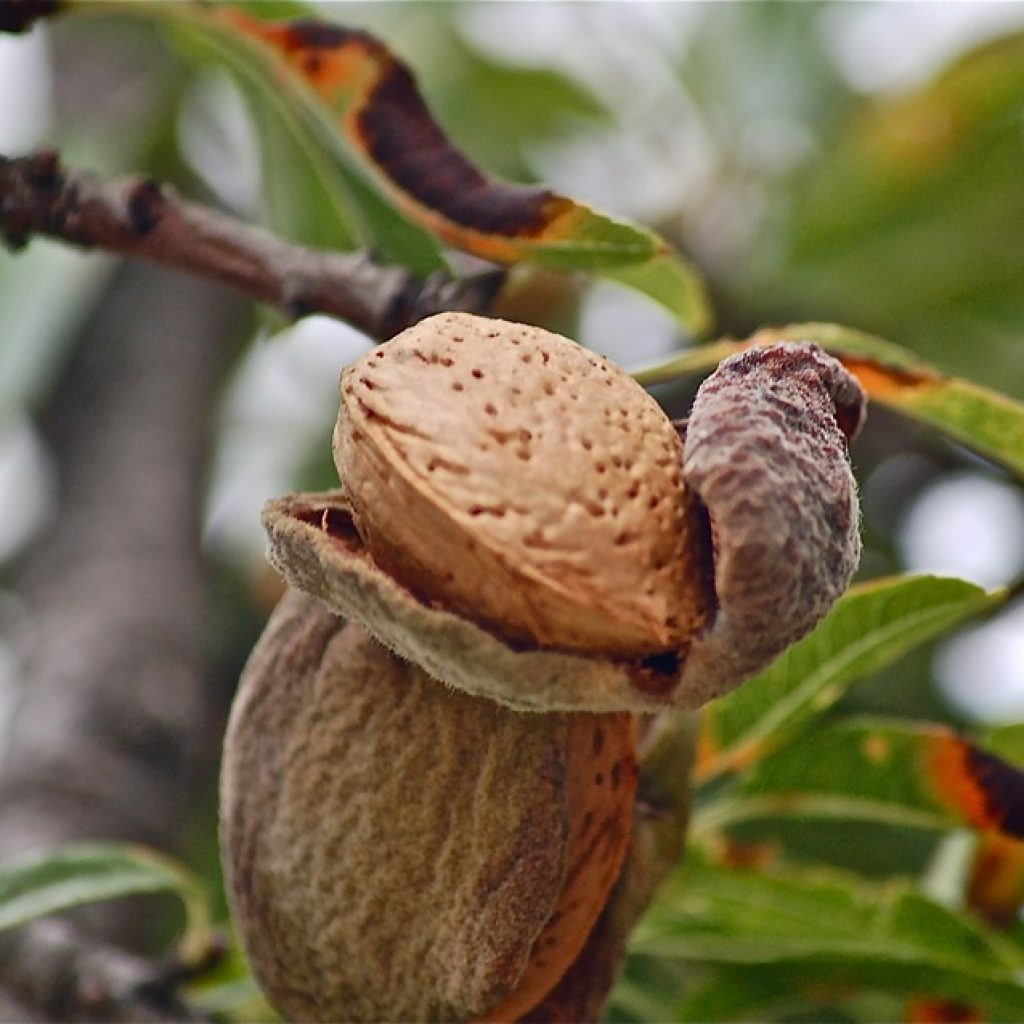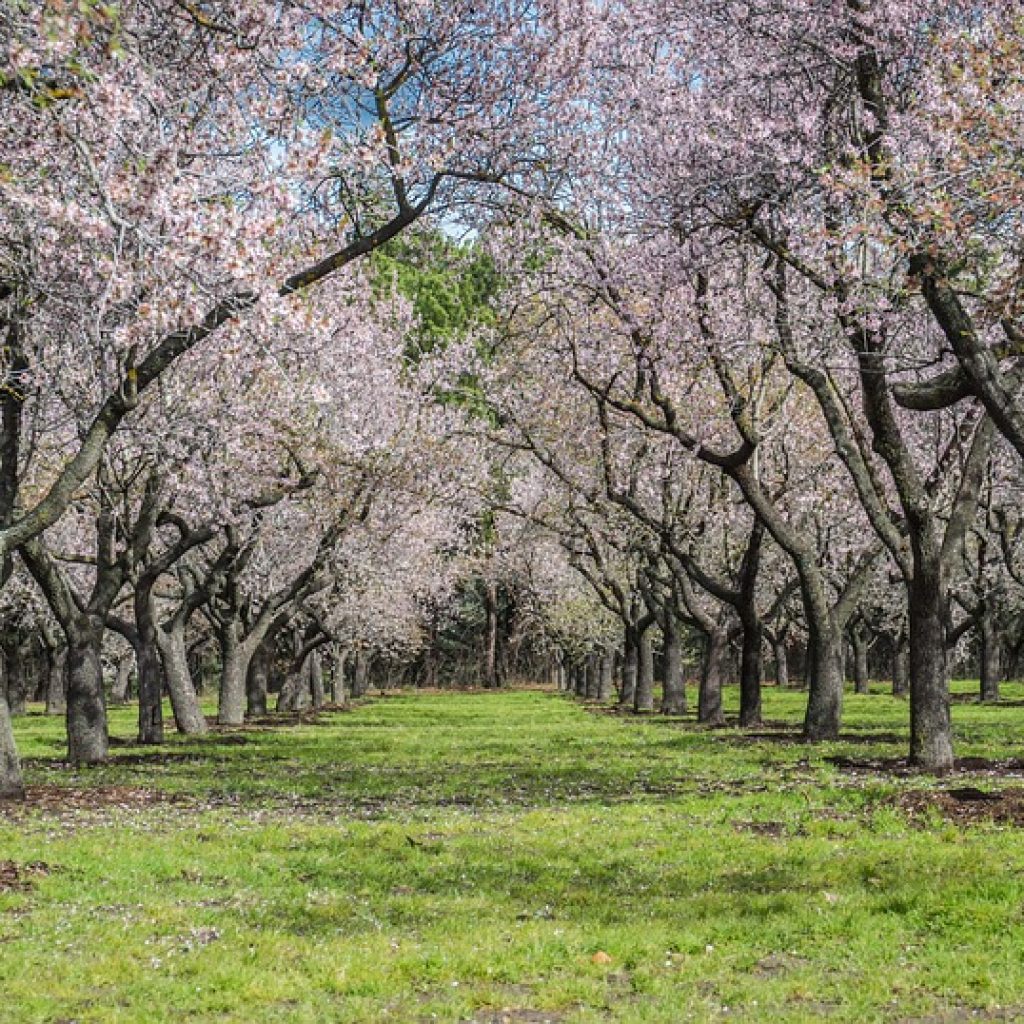Delta Food Feature: Almonds
In the drought we’ve been hearing a lot about almonds as a water-sucking crop, mostly isolated factoids reported with an eye toward attention-grabbing headlines like “One Gallon of Water to Produce a Single Almond”. Of course what we already knew was that almonds have been exploding in popularity – in 2013, almond snack introductions grew 52% worldwide. Here in North America, 89% of consumers agree that almonds have the best crunch of any nut, 88% think almonds have the best taste, and 83% rank almonds as their favorite nut – no wonder that California growers have stepped up to produce 100% of the US supply and about 80% of the world’s almonds.
Almonds aren’t really true nuts, but the edible seed of a member of the Prunus family (remember the cherries? Cherries, peaches, plums and apricots are Prunus relatives of the almond.) In those fruits, the outer covering of the seed is fleshy (and delicious), while the outer covering of an almond is a leathery green coat. Inside, the shell looks somewhat similar to a peach pit, and inside THAT is the almond itself. Almonds are one of the top ten nut and fruit crops grown in Yolo, Solano and San Joaquin counties, accounting for more than eighty thousand acres (over 3000 in the legal Delta) and almost 700 million dollars in 2014.
Native to the Mediterranean and Middle East, wild almonds are poisonous, as crushing or chewing the seed creates prussic acid (hydrogen cyanide). How early man worked through that little problem to domesticate the tree is anybody’s guess, but scholars believe that almonds were one of the first domesticated fruit trees. This hypothesis is supported by the fact that almonds are easily raised from seed, and no grafting or propagation technologies would have been required. Domesticated almonds appear in archaeological sites from the Early Bronze Age (3000-2000 BC) and were found in King Tut’s tomb. Another factor supporting almond antiquity is the name: amandula in Latin, almande in Old French and mandorla in Italian are all easily recognizable variations of the original Greek amygdala. Interestingly enough, amygdala also refers to small almond-shaped structures in the human brain, and mandorla refers to the almond-shaped haloes that enclose figures of Christ and the Virgin Mary in historical Christian art.
But what of the accusations of almonds as water hogs, a crop that contributes to our drought troubles, a crop you’d be nuts to plant, no pun intended?


